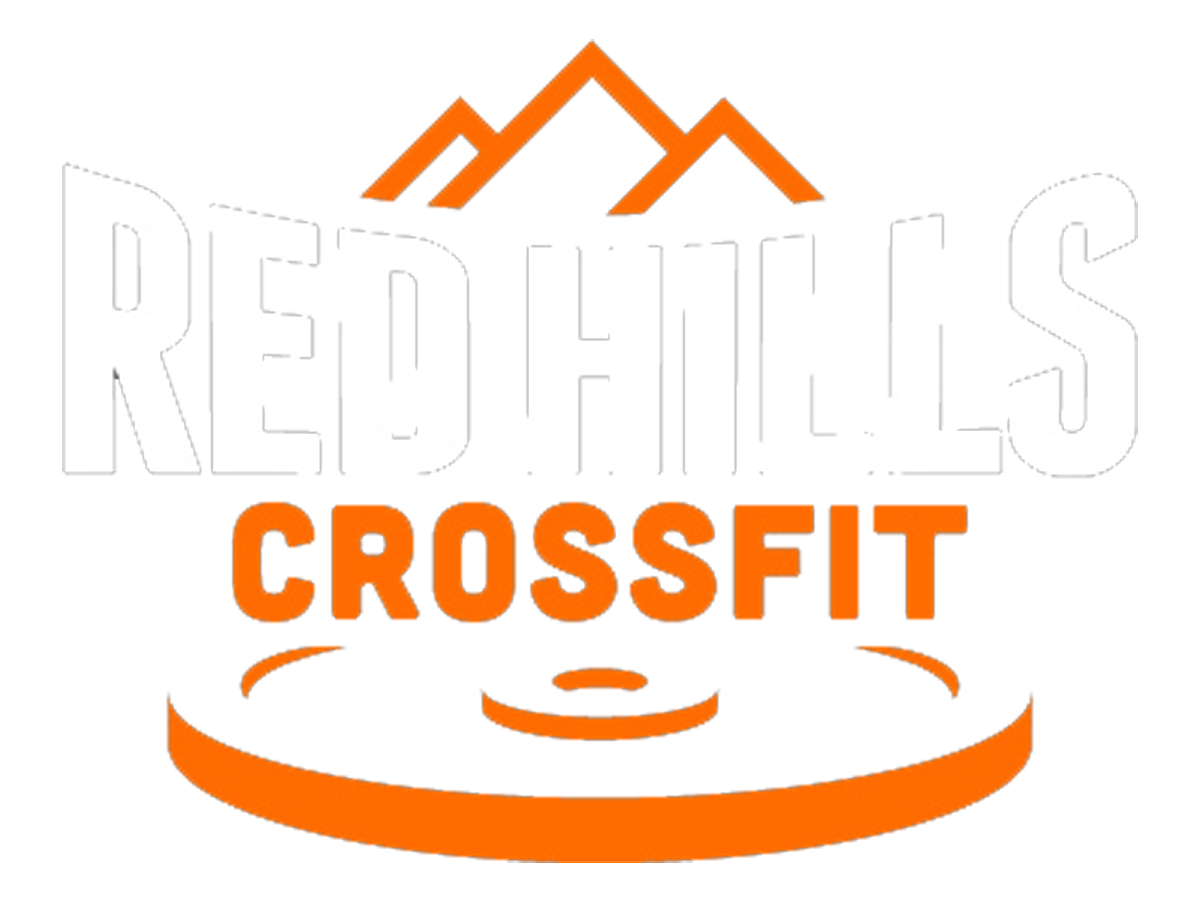Why We Kip
One of the most controversial CrossFit movements is the kipping pull-up. A kipping pull-up is a pull-up that is made faster by generating momentum at the hips. In CrossFit, kipping pull-ups are simply a way to get more work done in a given amount of time. They are one of many tools we use to increase aerobic and anaerobic capacity. We don’t use kipping pull-ups as a way to build strength for strict pull-ups, as there are better ways to do that (e.g., bent over rows, banded pull-ups, lat pulldowns, and inverted rows). Every exercise is chosen with a specific intended effect. Kipping pull-ups and strict pull-ups are done with different goals in mind.
It’s a common misconception that kipping is the only way CrossFit athletes do pull-ups. In fact, it is not uncommon to see strict pull-ups programmed at least once a week, either in a strength section or as accessories. Another fallacy is that kipping is bad for the shoulders. Kipping can actually be a great way to build muscle in and around the rotator cuff, while also putting the arms through a full range of motion. That being said, at Red Hills CrossFit, we try to ensure that athletes’ shoulders are strong and mobile enough for kipping pull-ups by requiring them to perform a certain number of strict pull-ups (at least six for males and three for females) before we encourage them to progress to the kipping variation.
In addition to the benefits mentioned above, kipping is a great way to establish progressions for more complex gymnastic movements such as the muscle-up and the back uprise. Kipping can also help athletes develop an understanding of how to dynamically transition from a globally flexed to a globally extended position for both relatively simple movements such as burpees, to more difficult ones such as handstand push-ups.
We don’t teach kipping because it will make an athlete’s pull-ups better; we teach it to make all their gymnastic movements better. Similarly, we don’t teach the med ball clean because it will make an athlete stronger; we teach it because it will help athletes who have never done Olympic lifts before to learn proper movement patterns. Every exercise is a tool. Understanding this principle is a very useful thing to know as a CrossFit athlete, and applies to all other training as well.
